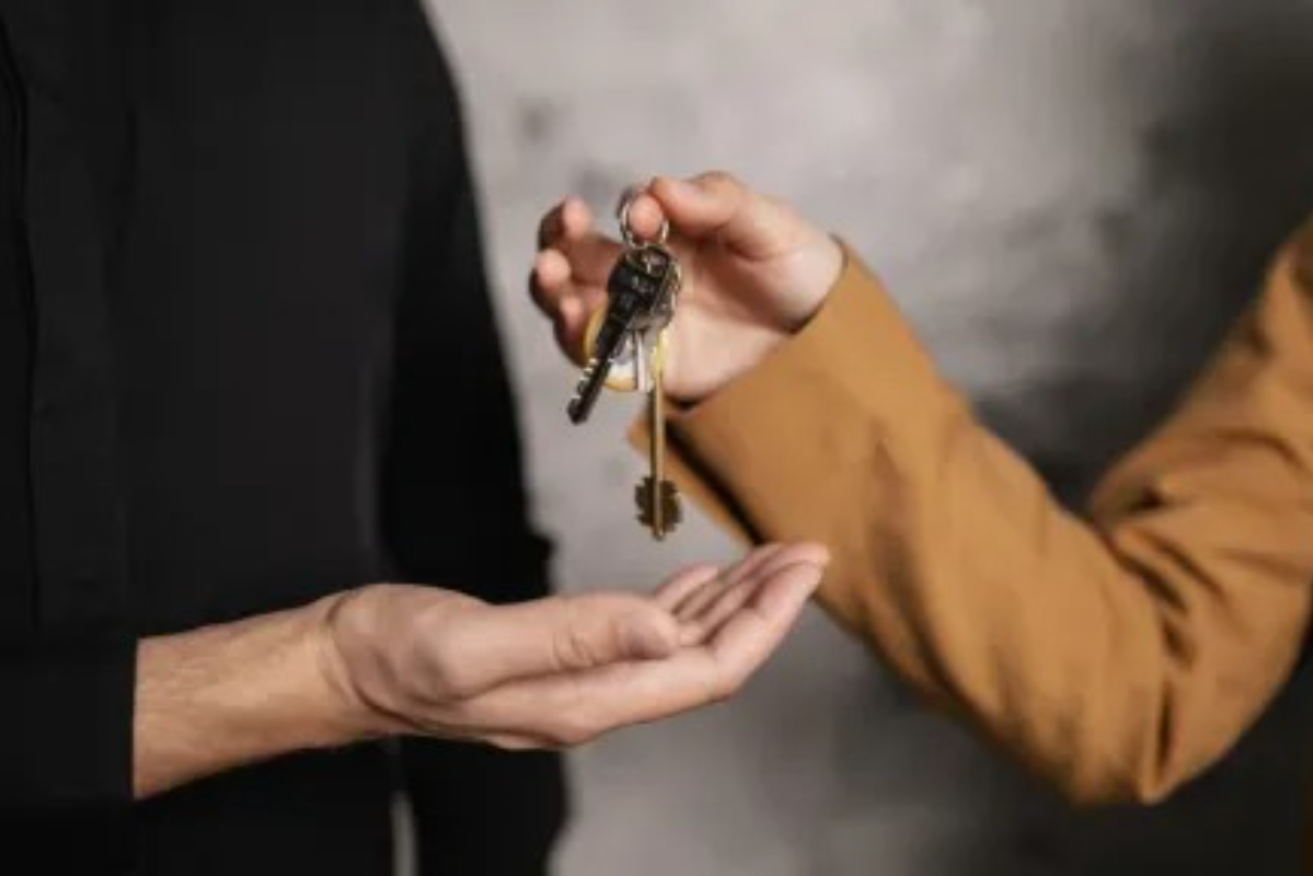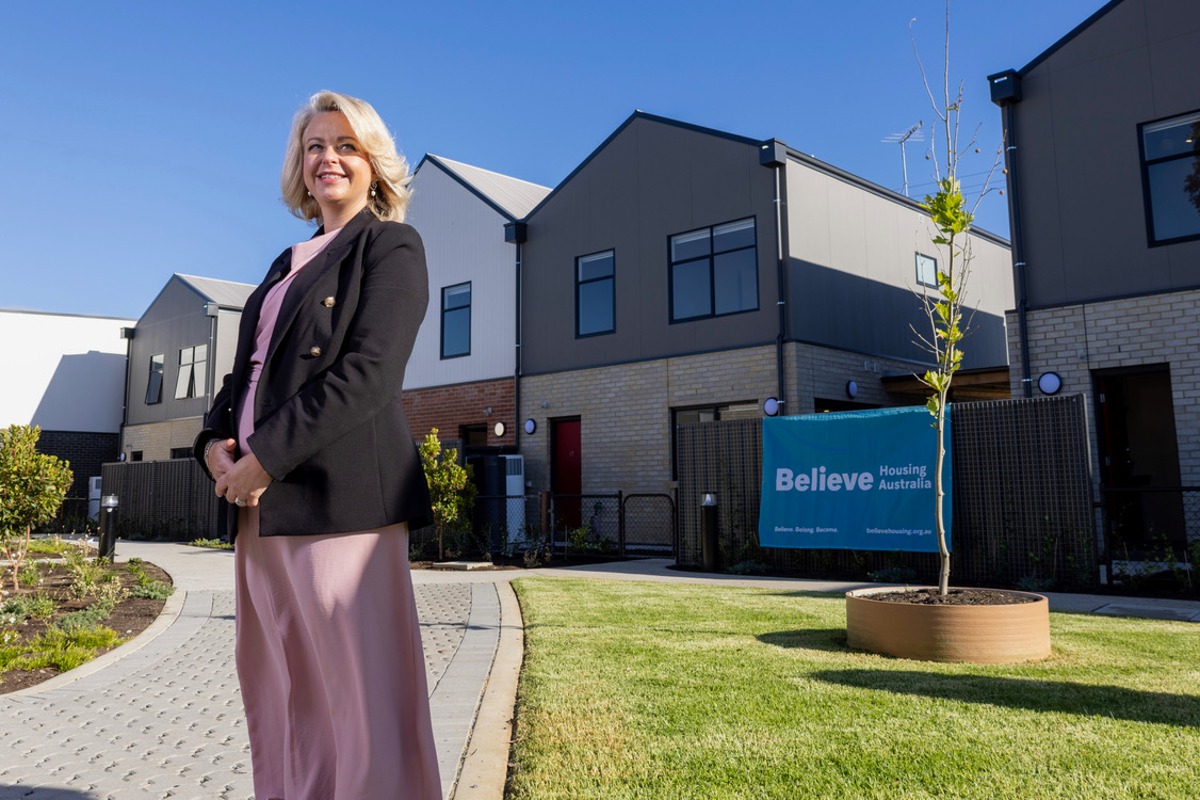Rental doors close on low income South Australians
The high cost and limited availability of rental properties in Adelaide puts them out of reach of most people on support payments and many working parents, according to an AnglicareSA rental affordability report.


Photo: Alena Darmel/Pexels
Believe Housing Australia, the housing arm of AnglicareSA, today released its annual rental affordability snapshot, assessing how affordable rental properties are to 14 different household types – spanning everyone from students to pensioners.
Of the 1615 private rentals advertised on realestate.com.au in South Australia over the weekend of March 16, only 1 per cent were affordable and appropriate for households on income support payments, which equates to 17 homes.
While single and young people had it the worst – with zero per cent of properties affordable and appropriate for someone on Youth Allowance or Jobseeker – affordability was dire across all household types.
The report found that “despite the state’s recent rental reforms, many young people, couples and families with young children are struggling to access safe, stable and affordable homes”.
Affordability was determined against the benchmark of housing requiring less than 30 per cent of a household’s income.
On the day Believe Housing took the snapshot, 0.3 per cent of properties were affordable and appropriate for couples on Jobseeker with two children, 0.1 per cent for a single parent of two children on a parenting payment, and just 14.6 per cent were available for a couple with two children on minimum wage on Family Tax Benefit A.
Being the lowest of all government payments, Youth Allowance was unsuitable for all rental properties, as the average cost of a single unit in Adelaide is $450 a week, while the maximum weekly payment for young job seekers is $319.50.

Believe Housing executive general manager Stacey Northover said a “properly funded housing market” was essential to growth of South Australia. Photo: supplied
AnglicareSA urged the government to consider increasing the Youth Allowance and private rental assistance for young people.
Anglicare Australia executive director Kasy Chambers said “if the Government doesn’t take action in the next Budget, this crisis will only get worse”.
Chambers said the report indicated the housing crisis was “the worst it’s ever been”.
“This is not hyperbole. It is Australia’s new normal. Results have never been so bad for a person on the minimum wage,” she said.
Zero per cent of properties were affordable for a single person with no children on Jobseeker, while similarly a single person on the Disability Support Pension could afford no rentals on the snapshot day.
Just 1 per cent of properties were affordable for couples on an age pension, while none were affordable for single pensioners.
Executive general manager of Believe Housing Australia Stacey Northover said dependence on “temporary accommodation and government programs” was increasing.
“The scale of the problem extends beyond unemployed households or single, young renters unable to save for their bond; even working couples are finding themselves priced out of South Australia’s rental market.”
Northover joined Anglicare’s calls for significantly more government investment.
“Now is the time to plan and fund new projects, yet there seems to be a lack of urgency when it comes to releasing appropriate government funding to invest in new, affordable homes,” Northover said.
“There is much to be done and now is the time for action.”
Nationally, Anglicare Australia’s rental affordability snapshot found the national vacancy rate hit an all-time low of 0.7 per cent, while average rents are $200 per week more than pre-COVID-19 pandemic levels.




